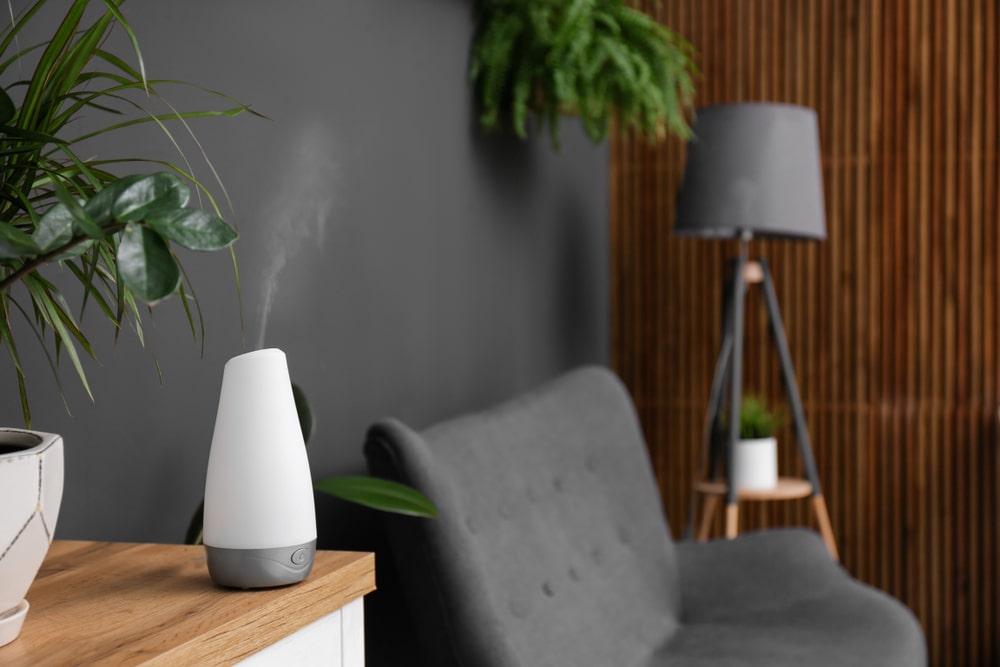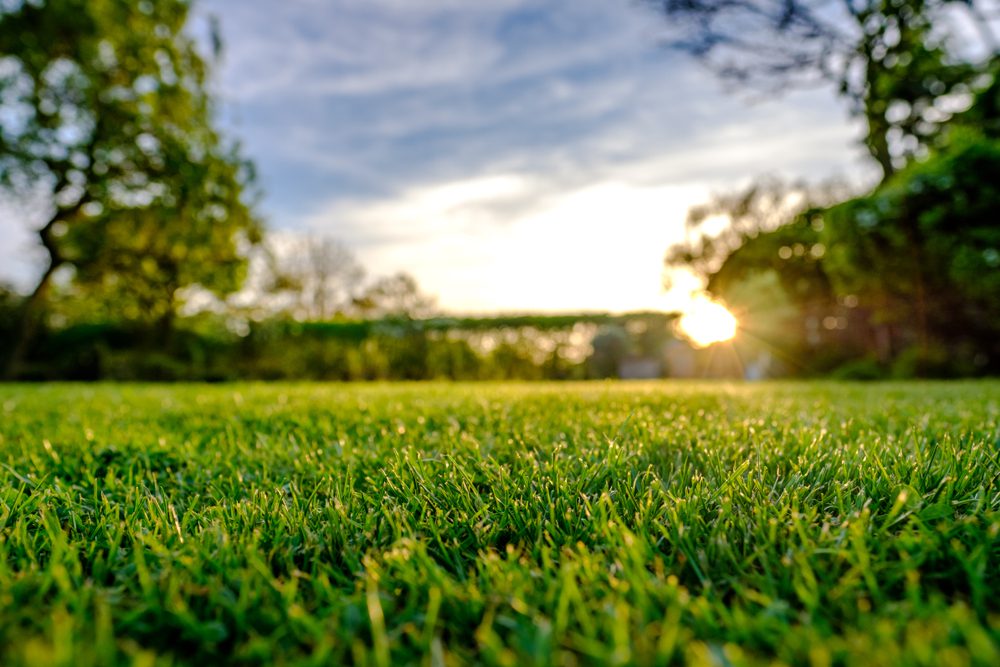Caring for a prayer plant can be both rewarding and challenging. Just like any living being, the prayer plant needs to receive adequate care in order to thrive. One key component of caring for this unique houseplant is understanding how often it should be watered. To help you find success with your prayer plant, I’m here to share my tips and tricks on when and how much water to give your beloved greenery!
To start off, let me tell you a story that illustrates why watering frequency matters so much: My mother once had a beautiful prayer plant she’d received as a gift from her best friend. She kept it by her bedroom window, where it seemed quite content—until one day, it started wilting right before our eyes! After some troubleshooting, we realized that she was underwatering the poor thing; it turns out it needed more frequent drinks than she initially thought. Thankfully, after increasing its waterings, the leaves perked up and the lovely green hue returned!
The lesson here? Consistent hydration plays an important role in keeping your prayer plants looking healthy and vibrant. But just how often do these tropical beauties need their refreshments? Let’s dive into what science has to say about proper watering techniques for prayer plants, so yours will stay lush and happy for years to come!
Here’s How Often to Water Prayer Plant?
Prayer plants need weekly watering, usually with room-temperature or filtered water. During hot, dry spells, the plant may need to be watered more often. Too much or too little water can lead to the wilting of the leaves, so pay close attention to the requirements of your particular prayer plant.
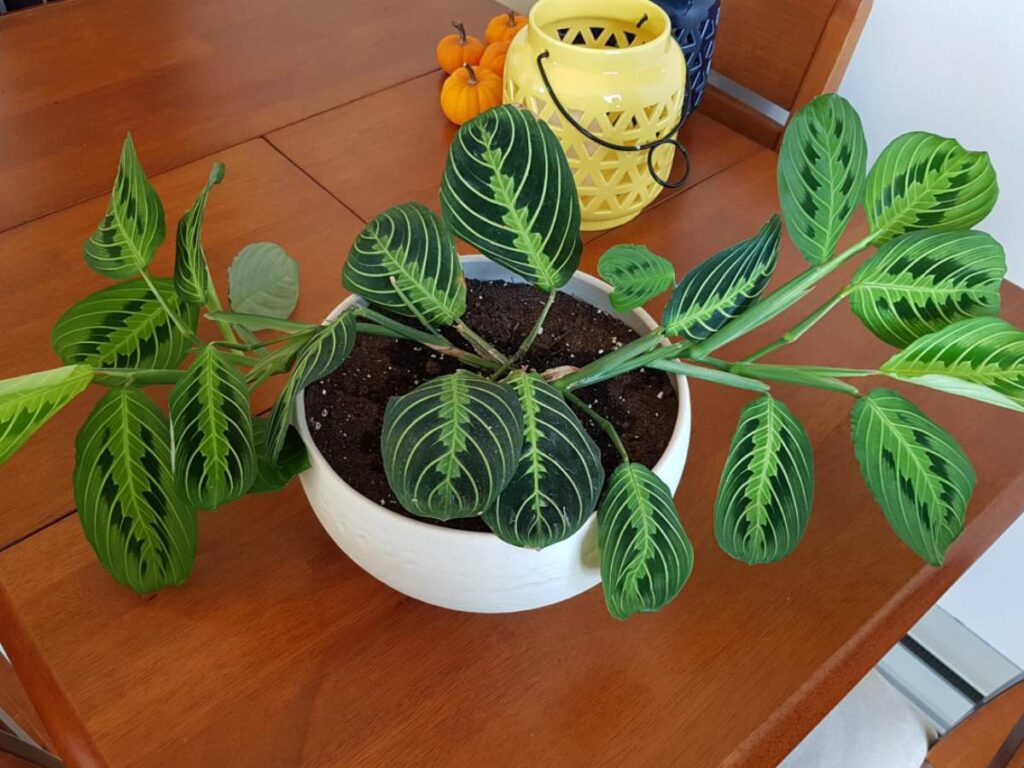
Benefits of Watering a Prayer Plant
Not a lot of people know this, but prayer plants are one of the best at purifying your air! On top of that, they come with a host of other benefits if you water them correctly. Let’s take a look at why watering your prayer plant regularly is so important.
Watering your prayer plant helps keep it healthy and thriving. It allows the roots to absorb all the nutrients they need from the soil and keeps their leaves looking lush and vibrant. Plus, when you water prayer plants in moderation, they’re less likely to suffer from root rot or overwatering.
What’s more, regular watering can help prevent drooping leaves, which often indicate an underlying issue with how much moisture the plant has access to.
All these factors contribute to making sure your home stays clean and free of pollutants—something only a prayer plant can do for you! So make sure to give yours some love every once in awhile; it’ll thank you for it later.
Understanding the Plant’s Environment
Visually, a prayer plant is like an oasis in the desert. Its rich green foliage and pop of red veins make it a stunning addition to any home or office space. To keep this beauty thriving, you must understand what kind of environment your plant needs.
The key to understanding how often to water your prayer plant lies in its natural habitat: tropical rainforests. This means that it requires moist conditions with high humidity levels as well as plenty of indirect sunlight.
To replicate these conditions for optimum growth, you should:
- Water regularly: Aim for once every 7–10 days and adjust depending on the temperature and light intensity in your home or office space. Check the soil before watering; if it’s still damp, wait another day or two before watering again.
- Humidity: Increase humidity around the plant by misting the leaves daily or using a humidifier/pebble tray nearby. Place plants close together if possible to increase air moisture further; alternatively, use a pebble tray or humidifier near them.
- Light: Prayer plants need bright but indirect light—place them near east- or west-facing windows or supplement lighting with artificial lighting such as fluorescent bulbs placed at least 24 inches away from the tops of the leaves (or even further).
By providing all three elements—regular watering, increased humidity, and proper lighting—you will have created an ideal environment for your prayer plant to thrive!
Factors Affecting Watering Frequency
I’m sure many of us have asked ourselves how often to water our prayer plants. It’s important to take into account the environment in which we keep them, as that has a huge influence on their watering frequency.
Now let’s look at some factors affecting this. Temperature and humidity are key here; if your room is quite warm, you’ll need to water it more regularly than if it’s cooler.
Similarly, higher levels of humidity mean less frequent watering is necessary.
The size of the pot also matters; a larger container will hold moisture longer than one with a smaller volume of soil.
Additionally, the type of soil plays an important role, as different soils absorb or release moisture differently over time.
Lastly, consider the season: during the winter months, you may only need to water every few weeks, while in the summer, they might require weekly watering.
It’s always best to check your plant before deciding whether or not it needs watered; stick your finger into the topsoil and feel for dampness; if there is still moisture present, leave it be for another day or two!
How to Test the Soil Before Watering
Before you can determine how often to water your prayer plant, it’s important to check the soil. Thankfully, testing the soil is easy and straightforward! To help get started, here are some key points:
- Ensure that you have a soil moisture meter or similar instrument;
- Stick the meter into the potting mix at least two inches deep;
- Take a reading of both wetness and dryness levels;
- Check for any signs of over-watering, such as soggy soil or root rot;
- Make adjustments based on what you discover.
Using a soil moisture meter can be likened to taking someone’s pulse; just as pulses reveal vital information about our health, readings from these meters tell us important information about our plants’ well-being.
In addition to using this device, checking for signs of overwatering (such as overly soggy soils) is also essential. If roots appear pale and mushy because they’ve been in too much water for too long, then an adjustment needs to be made immediately.
Can You Overwater a Prayer Plant?
It’s a common misconception that you don’t need to worry about overwatering your prayer plant. After all, it loves moisture – so more is better, right? Wrong! My friends, let me be the one to tell you that if there ever was an example of too much of a good thing, this is it.
So take heed because I’m about to drop some knowledge on you: Here are 5 key signs that will let you know when you’ve gone too far and have been giving your prayer plant way too much love:
- Wilting leaves
- Brown tips or edges on leaves
- Leaves curling inwards
- Yellow spots appear on the leaves
- Fungal growth around the pot or stem
All of these things signify overwatering and can spell disaster for your poor little prayer plant. So what should you do next?
Well, first off, reduce watering frequency as soon as possible. Then make sure you thoroughly check soil drainage before each water session and allow the top layer of soil to dry out between waterings.
Trust me when I say – with just a bit of TLC, your beloved prayer plant won’t suffer another overwatering blues again!
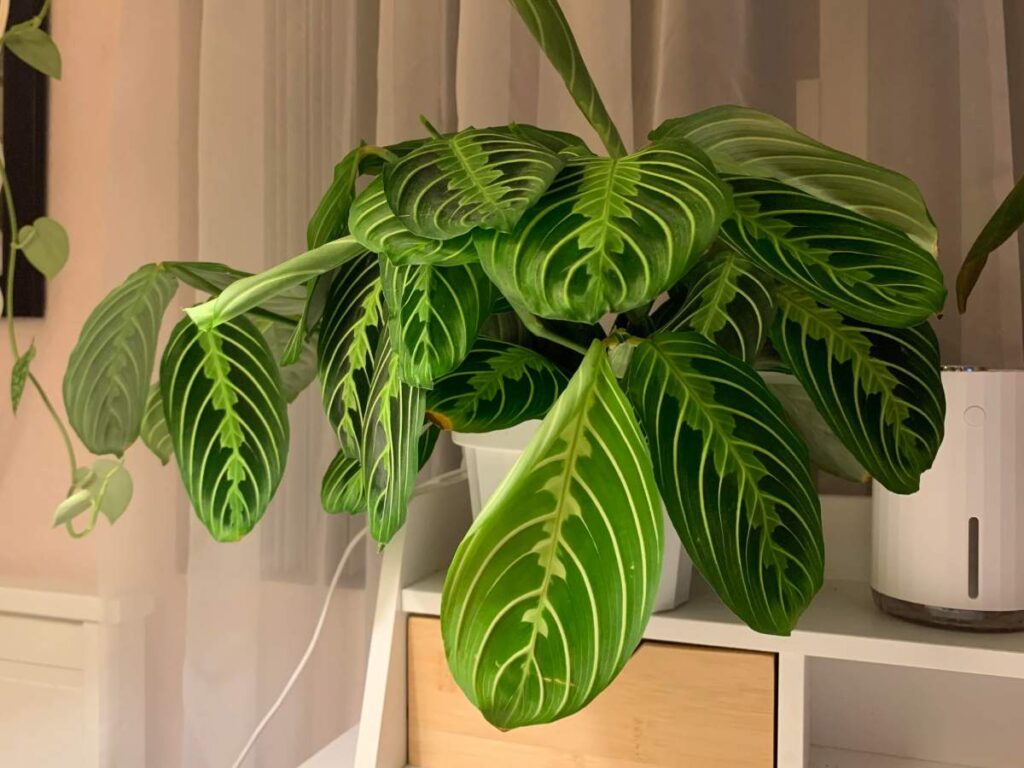
Signs of Underwatering or Overwatering
When praying plants are given too little water, their leaves tend to become brown, wilted, and dry. You may also notice yellow spots on the leaves as an indication that they’re not getting enough moisture.
On the other hand, too much watering will cause the roots to rot, leading to discolored patches on the leaves and stunting growth. The soil around an overwatered plant will feel soggy, sometimes with a sour smell coming from it due to fungal infections caused by excess moisture.
These symptoms should provide helpful clues about whether you need to adjust your watering schedule or amount. If all else fails, stick your finger into the soil near the base of the stem—if it feels wet, hold off on giving it more water for now; however, if it feels dry, give your prayer plant some love!
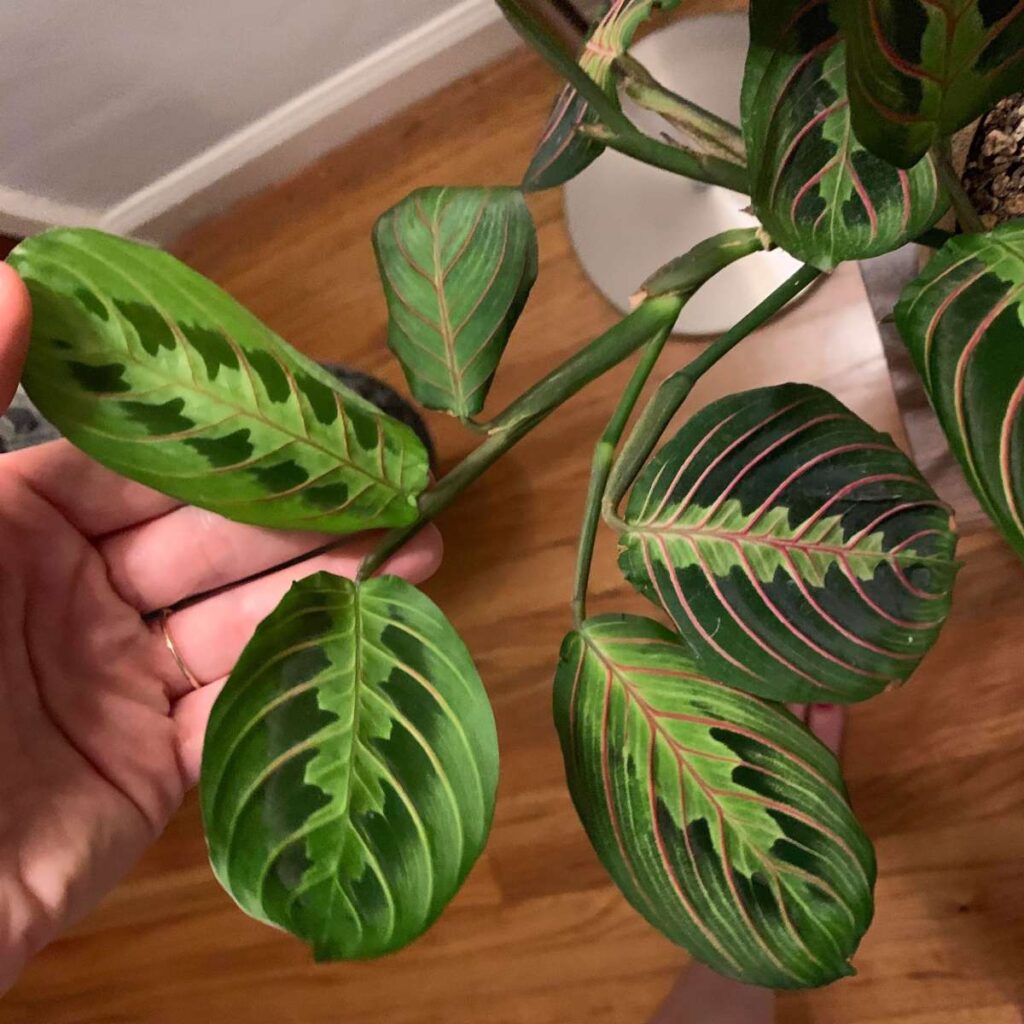
Tips for Properly Watering a Prayer Plant
Watering a prayer plant correctly is essential for its health and beauty. Properly hydrating your houseplant should be part of your regular care routine. Here are some tips to help you keep your prayer plant in prime condition!
First, it’s important to water only when the top inch or two of soil feels dry. This usually happens every 7–10 days, but can vary depending on the environment and season.
Make sure not to overwater; this could cause root rot or other issues with your plant.
You’ll also want to avoid underwatering. If leaves start curling, wilting, or turning yellow, that’s a sign that they need more moisture.
If you’re unsure about how much to water, better err on the side of caution and wait another day or two before adding any additional liquid.
When watering, take time to make sure all areas of the soil have been reached by moving around the pot slowly as you pour.
Also, be careful not to get any excess water on the foliage, as this could lead to leaf spot disease or fungal growths.
Finally, never use cold water from the tap—always give your houseplant lukewarm water instead for optimal results!
Different Ways to Water a Prayer Plant
Did you know that prayer plants can live for up to 10 years? It’s true, but only if they are properly cared for. One of the most important aspects of caring for a prayer plant is watering it correctly. But there’s more than one way to water your beloved houseplant! Let’s take a closer look at different ways to water a prayer plant.
The first and perhaps simplest method is overhead or top-down watering with a spray bottle or a gentle stream from the faucet. This type of watering ensures the moisture reaches all parts of the soil and any far-reaching roots. However, you should be careful not to overdo it; too much water can lead to root rot and other problems.
Alternatively, you could use bottom-up watering by filling a shallow basin with enough water so that, when placed underneath the pot, it will absorb moisture through drainage holes in the base. Be sure to remove any excess water afterwards, as this may cause fungal issues.
Finally, some people opt for misting their prayer plants every few days instead—just make sure you don’t overwater them!
So there you have it: three distinct methods for effectively hydrating your prayer plant without risking damage. With these strategies in mind, your foliage friend should stay happy and healthy well into its tenth year!
Avoiding Common Mistakes when Watering
When it comes to watering a prayer plant, there are some common mistakes that can be easily avoided. I’m sure you want your plant to thrive and look its best, so let’s take a look at what you need to know!
First of all, how often should you water? Generally speaking, prayer plants should be watered once every 1-2 weeks, depending on the season and climate. To test if they’re ready for watering again, stick your finger into the soil about an inch deep; if it feels dry, then go ahead and give it some water.
Next up is the kind of water you use. For optimal results, use distilled or bottled water, as tap water contains minerals that could end up damaging the roots over time. Also, avoid using cold water; lukewarm or room temperature is best, as this will help prevent shock from sudden changes in temperature.
Finally, make sure not to overwater your prayer plant—it needs well-drained soil, and too much moisture will cause root rot or other problems. Keep an eye out for yellowing leaves or wilting stems, which might indicate an issue with under- or over-watering. A good rule of thumb is ‘less is more’ when dealing with these beautiful houseplants.
Should Prayer Plant Be Misted?
Have you ever considered misting your prayer plant? It may seem like a strange choice, but it could be the key to keeping this beloved houseplant healthy. Let’s investigate if misting is an effective way of caring for prayer plants.
Misting can offer your prayer plant several benefits. For starters, it will help keep their leaves looking vibrant and beautiful. A light mist can also encourage growth; after all, prayer plants are native to tropical locations with high humidity levels!
Additionally, regular misting helps prevent spider mites, which thrive in dry conditions. So if you’ve been wondering how often to water your prayer plant, give misting a try!
But before you get started, there are a few things to consider. You don’t want to over-mist and drown the roots; aim for two or three times per week as a guideline. And make sure it’s not too cold when you’re spraying—room temperature is best!
Once you have these details worked out, however, providing extra moisture on top of watering should do wonders for your precious little prayer plant.
Benefits of Misting a Prayer Plant
Not only does misting help maintain humidity levels, but it also keeps the leaves of the plant clean and free from dust. I love that this simple process makes such a big difference in my plants’ appearance!
Misting doesn’t just improve your plant’s look; it can actually strengthen its health too. Water droplets act as protective barriers against diseases, pests, and other environmental factors like cold or dry air that can harm the foliage.
And because prayer plants are native to tropical rainforest climates, they prefer their environment moistened with frequent mists.
So if you want to keep your indoor prayer plant thriving, remember to mist it regularly!
Watering During Different Seasons
I’m sure you’ve all heard about the amazing benefits of a prayer plant, but have you thought about how often to water it? Well, I’m here to tell you that watering your prayer plant during different seasons can make all the difference! Let me explain why:
- During the winter months, when temperatures are lower and days are shorter, less water is needed. To keep your prayer plant happy, only water when the top inch of soil has dried out completely. This encourages stronger roots as they must search for moisture deeper in the pot.
- In the summer months, however, with higher temperatures and longer days, more frequent watering is required. When checking if your plant needs water, look at the leaves instead of just feeling the soil; if they start drooping or wilting, then it’s time to grab your watering can!
- All year round misting will benefit your prayer plant too; this helps to create humidity around its delicate leaves which keeps them glossy and healthy looking!
So there you have it—by adapting your watering routine according to each season, you’ll be able to maintain a beautiful, thriving prayer plant throughout the whole year! No matter what climate you live in, ensuring that proper hydration is maintained is key to keeping your luscious green companion content and healthy.
How to Tell if A Prayer Plant Needs More Water
To know when to water your prayer plant, you should check its soil regularly. If the top two inches of soil feel dry and crumbly, it’s time for another drink!
On the other hand, overwatering can be just as detrimental as underwatering; too much water can lead to root rot or soggy leaves. To prevent this from happening, make sure that excess water drains away properly after watering. Additionally, ensure that there are air holes in the potting mix so extra moisture doesn’t accumulate around the roots and suffocate them.
To test if your prayer plant needs more water without having to dig into the soil, pick up the container and gauge how heavy it feels. A light weight will indicate an underwatered plant while a heavier one could mean you need to give it less H2O next time around!
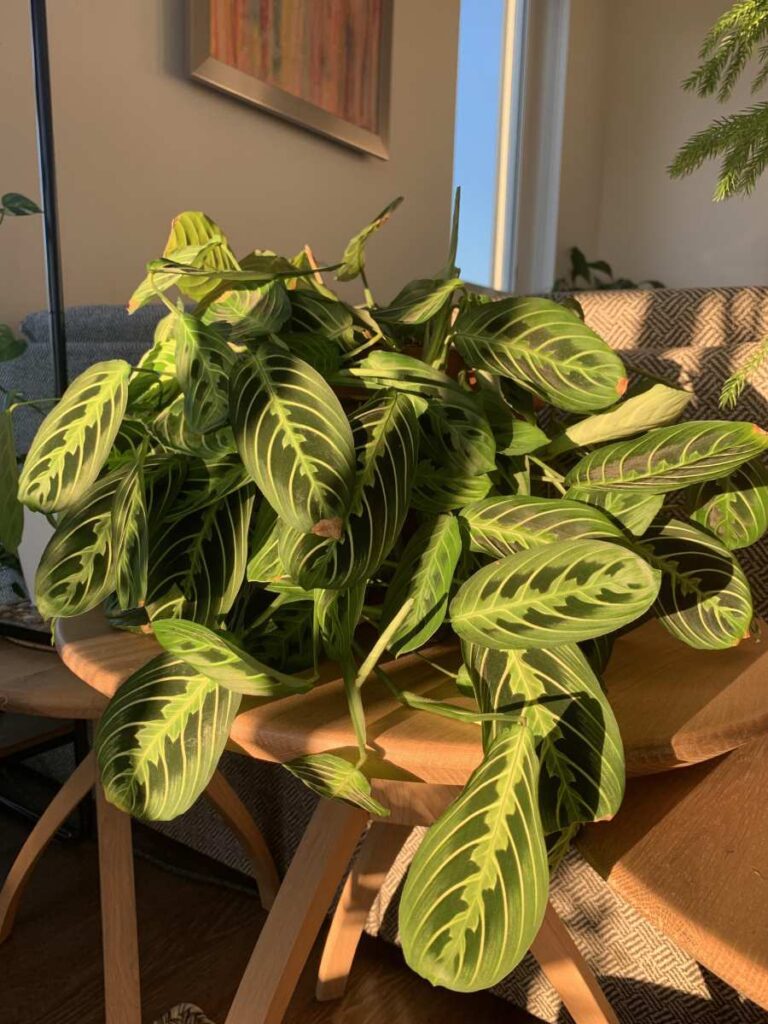
Troubleshooting Tips for Improving Watering Habits
Well, if you thought watering your prayer plant was difficult before, get ready for a challenge! I’m about to provide you with some ‘helpful’ tips on how to make sure that your precious little plant gets the hydration it needs.
Let’s start off by saying that there’s no one-size-fits-all answer when it comes to figuring out how often to water a prayer plant. Every living thing is different and requires its own unique care instructions. That being said, here are a few general guidelines that can help you determine the best schedule for your pet:
- First, check the soil regularly for dryness.
- Second, consider using self-watering containers or drip irrigation systems so that your plants don’t suffer from inconsistent amounts of water.
- Third, try to avoid over-watering as much as possible.
- Fourth, adjust watering frequency according to the season – during winter months, less frequent watering may be necessary due to lower temperatures and decreased light levels;
- Fifth, always use lukewarm water rather than cold tap water in order to ensure better absorption.
Conclusion
When it comes to watering a prayer plant, there are many factors that must be taken into consideration. With the right knowledge and care, you can keep your prayer plant healthy and thriving.
By taking these steps in caring for your prayer plants, you’ll soon find yourself enjoying their beauty in no time!
I hope this article has provided helpful insight into how often to water your prayer plant so that you can get started on providing it with adequate nourishment. Happy growing!


